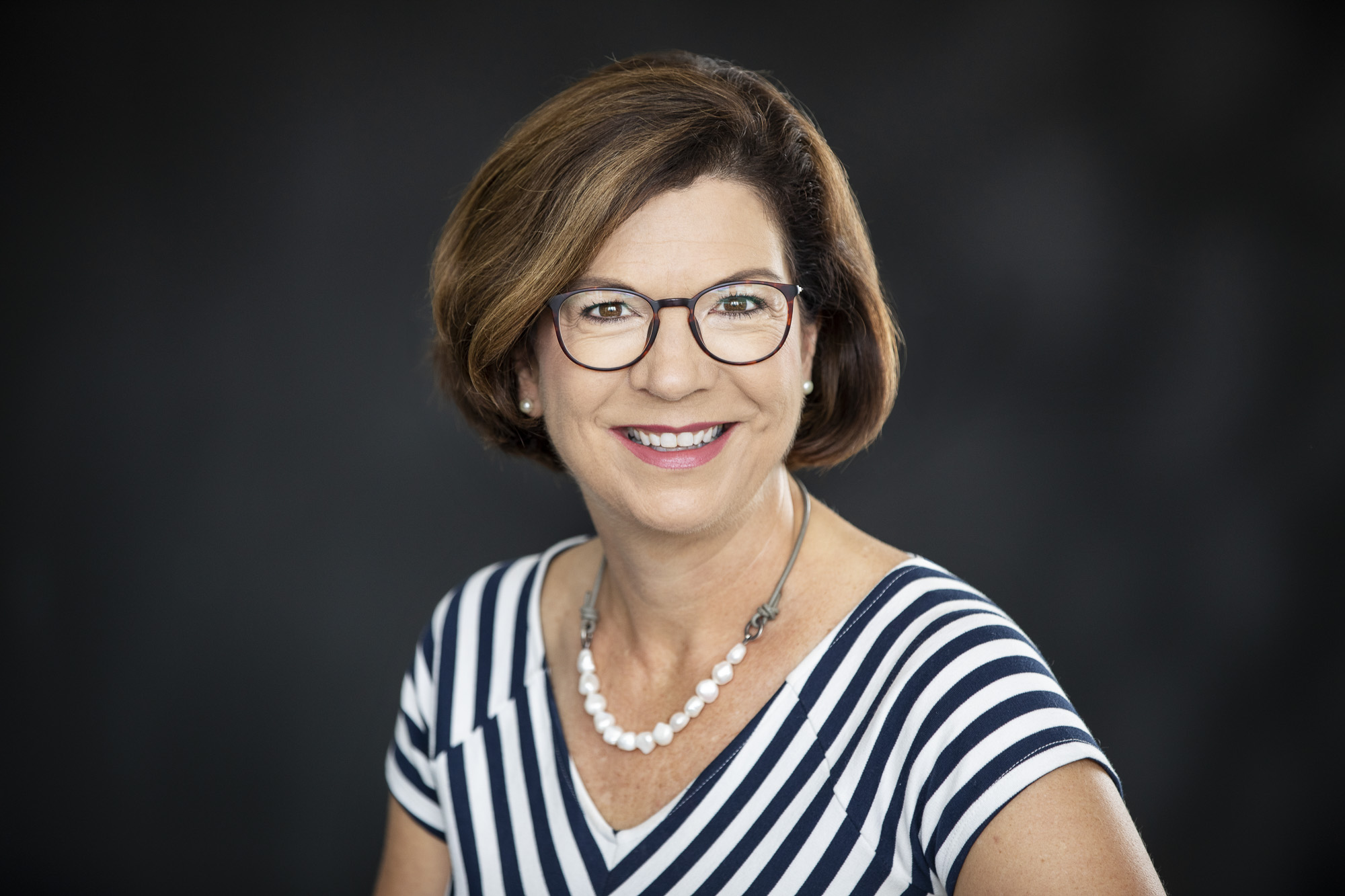
The purpose of the Energy Charter is to enable industry solutions needed to deliver a more affordable, reliable and sustainable energy system for all Australians. Critical to this transformation, is the work of Energy Charter champions, who are internal change champions driving customer-centric and community-focused change.
I have worked as an internal change champion for three decades, the last 9 years of which has been in the energy industry. In the words of Sioban McHale (Insider’s Guide to Culture Change, 2021): “Culture change is one of the hardest jobs that you will ever do.” But I can also say that it is one of the most rewarding areas to work in, when you start to see all of the forces aligned, mindsets and behaviours shifting, leaders listening and adapting, and people feeling a sense of hope that “this will work” and we can have a positive impact on our customers.
So, why is change so hard? The truth is that culture change is complex, and in typical change programs, the more obvious aspects of organisation change are planned and tackled – e.g. structure, process, systems. However, the more invisible and emotionally challenging elements of personal and cultural change are often left out of the equation. For organizational change to have real impact, leaders of the change effort need to recognise the importance of the human element of change, and even more importantly, the personal transformation which needs to occur first.
“Organisations don’t change; people do, and it must start with leaders.” Peter Fuda, (Leadership Transformed, 2014)
That was my opening quote at a recent workshop we held with Energy Charter signatories and FIAP members to share practical insights and lessons learned by industry change leaders. I highlighted four key factors for internal change champions to pay attention to:
- Communication – don’t talk about the change, talk about the goal… communicate the compelling ‘why.’ As one of our panel members shared: regular communication taking in diverse perspectives and continuing to communicate and communicate is critical.
- Leadership – Senior leaders have to role model the desired culture and lead with their personal transformation. Leaders also need to work hard at alignment; making sure they understand and are on the same page on the “what” and “how” of change. Deep-level alignment can be supported through questions such as: What does that mean? How would you know? What would you see?
- Trusted coalition – As an internal change agent, you need the support of a coalition who will help you design, communicate, role model, and embed the change. Ensure you have the right characteristics in your coalition, including position power (who’s your executive sponsor?), capability, and credibility, and a team that will challenge your thinking and support you when the going is tough.
- Positive engagement & empowerment – When managing large-scale change, I have a simple formula I use to check if we have the right ingredients: Goal + Path + Agency. The goal is our compelling why, enabled by the path – a detailed plan of what’s changing and how we will do it. The last ingredient – agency – is people’s belief that their efforts will make a difference. This comes with a lot of time spent engaging with impacted employees, customers and stakeholders and working through what matters most to them and how to address this through the change.
This is probably one of the MOST critical roles that leaders need to play: communicating regularly and authentically, listening to their employees and customers, and then adapting their approach to address what’s needed.
“Positive emotions matter enormously and can energise any effort. People must feel good about what is asked of them – and the only way to evolve their behaviours is to help them attach positive emotions to the (inherently frightening) idea of change.” (Katzenback, 2019)
As we managed the unprecedented COVID-created changes in 2020, we learned a lot about what really matters, and we learned that we can transform rapidly. We still face incredible uncertainty about the pandemic ahead. But change champions and decision leaders together can unite to guide an adaptive and resilient way forward. This is at the heart of the work of the Energy Charter.
June Gameau, CulturAlchemy
